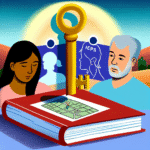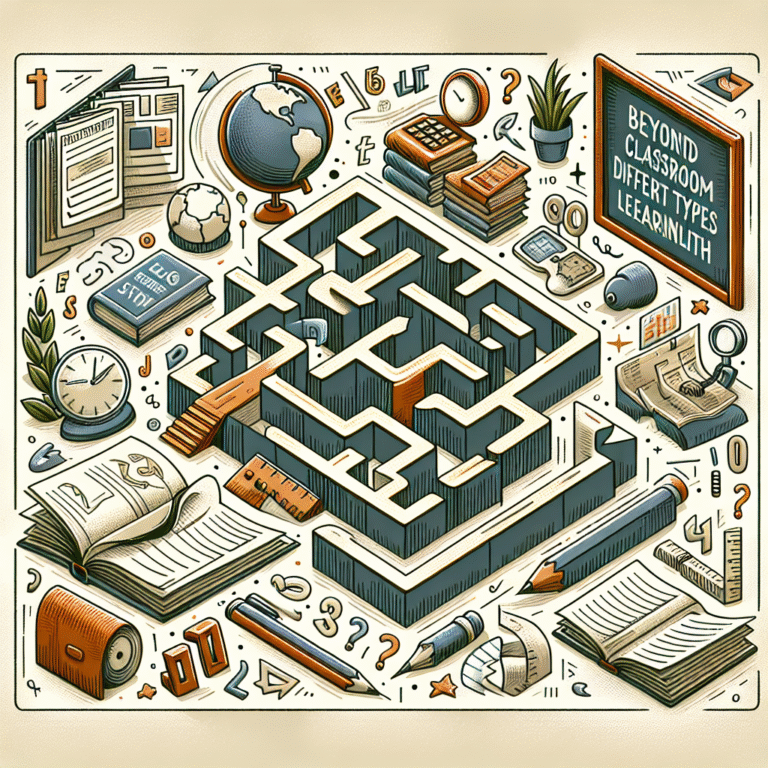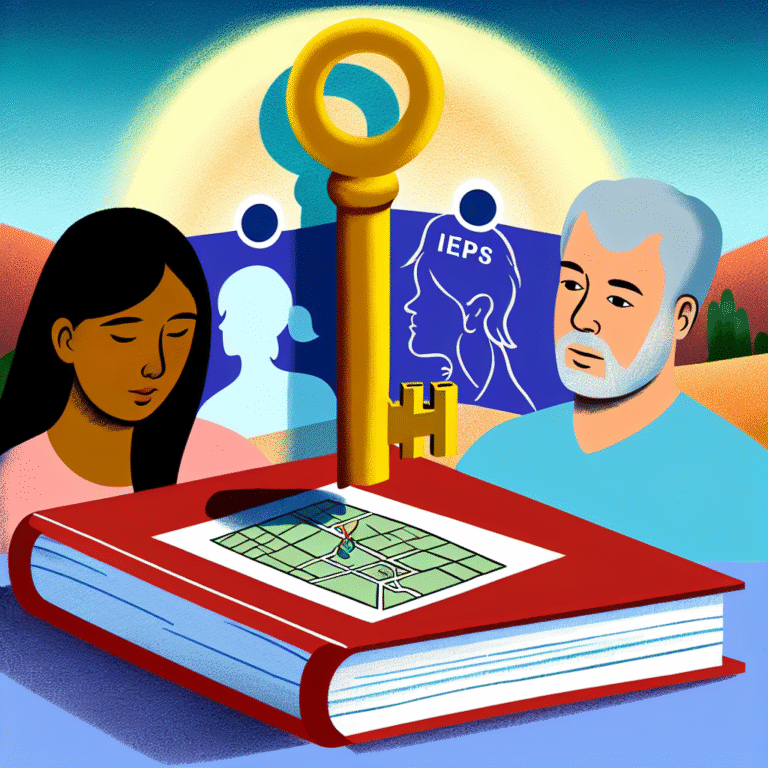
Introduction
In a world increasingly acknowledging the spectrum of gender identities and sexual orientations, the conversation around Gender and Sexual Attraction: Understanding Fluidity in Human Desire has never been more relevant. Gone are the days of rigid categories where one size fits all. Today, many people experience sexual attraction as a fluid concept rather than a static label. This article delves into the nuances of gender and sexual attraction, inviting readers to explore the complexities of human desire through a multifaceted lens.
The Roots of Gender and Sexual Attraction
Understanding Gender Identity
At the core of understanding Gender and Sexual Attraction: Understanding Fluidity in Human Desire lies the concept of gender identity. Gender is not merely a binary system of male and female; rather, it encompasses a diverse range of identities. Some identify as non-binary, genderqueer, or genderfluid, while others might embrace traditional categories.
Case Study: Gender Spectrum
A notable example of gender diversity is the Gender Spectrum organization, which educates individuals about the complexities of gender identity. They provide resources and support for families and educators, illustrating the necessity of understanding fluidity in gender as it plays a vital role in the broader conversation about sexual attraction.
The Evolution of Sexual Attraction
Sexual attraction is equally multifaceted. Traditionally classified into heterosexual, homosexual, and bisexual orientations, recent discussions have broadened this framework to include pansexuality, demisexuality, and more.
Table 1: Spectrum of Sexual Orientation
| Orientation | Definition |
|---|---|
| Heterosexual | Attraction to the opposite gender |
| Homosexual | Attraction to the same gender |
| Bisexual | Attraction to both genders |
| Pansexual | Attraction regardless of gender |
| Demisexual | Attraction based on emotional connection |
This table illustrates just a snippet of the linguistic and conceptual evolution surrounding Gender and Sexual Attraction: Understanding Fluidity in Human Desire.
Fluidity in Attraction: A Closer Look
Non-Binary and Attraction
One intriguing aspect of this fluidity is how non-binary individuals navigate attraction. Research indicates that non-binary individuals may experience sexual attraction differently, often not limited to conventional categories.
Case Study: The Gender and Sexuality Development Study
A longitudinal study by the Williams Institute revealed that non-binary youth were significantly more likely to identify as bisexual or pansexual than their binary peers. This showcases the diverse ways in which gender identity influences the landscape of sexual attraction.
The Role of Cultural Influences
Cultural background profoundly impacts how individuals experience and express sexual attraction. Many cultures have histories and frameworks that embrace non-binary gender identities and sexual fluidity.
Table 2: Cultural Views on Gender and Sexual Fluidity
| Culture | View on Gender Fluidity |
|---|---|
| Western Cultures | Often binary-focused but increasingly inclusive |
| Indigenous Cultures | Recognize Two-Spirit individuals as sacred |
| Asian Cultures | Varied perceptions; some embrace fluidity |
Understanding these cultural lenses is crucial to comprehending Gender and Sexual Attraction: Understanding Fluidity in Human Desire.
The Psychology of Attraction and Desire
Biological Perspectives
From a biological standpoint, hormones and genetics play roles in shaping sexual attraction. However, many researchers argue that biology cannot fully account for the complexities of human desire.
Case Study: Kinsey Scale
The Kinsey Scale, developed in the mid-20th century, provides a groundbreaking framework for understanding sexual orientation and attraction, acknowledging that sexual experiences are often fluid rather than locked within defined parameters.
Table 3: Kinsey Scale Overview
| Scale Value | Description |
|---|---|
| 0 | Exclusively heterosexual |
| 1 | Predominantly heterosexual, but with some homosexual experiences |
| 2 | Predominantly heterosexual, more than incidental homosexual experiences |
| 3 | Equally heterosexual and homosexual |
| 4 | Predominantly homosexual, but with some heterosexual experiences |
| 5 | Predominantly homosexual |
| 6 | Exclusively homosexual |
| X | Asexual |
This scale helps reinforce the idea of fluidity, blending seamlessly into our understanding of Gender and Sexual Attraction: Understanding Fluidity in Human Desire.
Emotional Connections
The role of emotional connections in sexual attraction cannot be understated. Many individuals report that their attractions shift based on emotional bonds rather than strictly physical attributes.
Case Study: The Role of Emotional Intelligence
A study published in the Journal of Sex Research emphasized that individuals with higher emotional intelligence often have more fluid experiences regarding sexual attraction. They are more open to exploring relationships beyond strict sexual orientation labels.
Real-World Applications of Fluidity in Attraction
LGBTQ+ Relationships
The landscape of LGBTQ+ relationships exemplifies Gender and Sexual Attraction: Understanding Fluidity in Human Desire. These relationships often challenge societal norms, fostering environments where attraction can be explored without the constraints of traditional labels.
Case Study: Polyamorous Communities
In polyamorous communities, individuals frequently navigate complex relationship dynamics that underscore fluidity in both emotional and sexual attraction. Research indicates that those in polyamorous relationships often report increased satisfaction and social support.
The Impact of Technology on Attraction
Technology’s role in shaping modern relationships is undeniable. Social media, dating apps, and platforms like OkCupid allow individuals to express their identities fluidly and connect with potential partners unconstrained by traditional boundaries.
Case Study: Dating Apps and Identity
A survey from Pew Research revealed that LGBTQ+ individuals use dating apps more frequently than heterosexual counterparts, showcasing a platform that allows for the exploration of sexual fluidity and diverse gender identities.
The Importance of Language
Language is a powerful tool that shapes our understanding of gender and sexual attraction. As the lexicon evolves, it provides individuals the vocabulary to express their unique experiences fully.
Table 4: Terminology Evolving with Fluidity
| Term | Definition |
|---|---|
| Genderfluid | A person whose gender identity changes over time |
| Queer | An umbrella term for non-normative sexualities |
| Agender | A person who does not identify with any gender |
These evolving terms are integral to discussions of Gender and Sexual Attraction: Understanding Fluidity in Human Desire.
Bridging Understanding and Acceptance
The Role of Education
To foster acceptance and comprehension of gender and sexual fluidity, education is paramount. By integrating gender studies into educational curriculums, society can cultivate more inclusive environments.
Case Study: Gender Studies in High School Curricula
Schools that incorporate gender studies report decreased bullying and greater acceptance of diverse identities among students. This approach nurtures understanding, empathy, and the exploration of Gender and Sexual Attraction: Understanding Fluidity in Human Desire.
Advocacy and Support Networks
Support networks can provide essential resources for individuals navigating their identities. Organizations like PFLAG and The Trevor Project emphasize the importance of community in fostering acceptance and understanding.
Case Study: Support Group Outcomes
Research indicates that LGBTQ+ youth with access to support groups report lower rates of depression and anxiety, highlighting the importance of community in the journey toward understanding fluid attraction.
Conclusion
The exploration of Gender and Sexual Attraction: Understanding Fluidity in Human Desire is crucial for fostering empathy and acceptance in a rapidly changing world. By acknowledging and exploring the complexity of gender identities and sexual attractions, we can cultivate a society that embraces diversity in every form.
It’s essential to remain open-minded about human desire, understanding that it is not a rigid construct but rather a fluid tapestry that reflects individual experiences. Let’s take actionable steps to educate ourselves, open dialogues, and create welcoming environments for everyone.
FAQs
1. What does it mean for sexual attraction to be fluid?
Sexual attraction being fluid signifies that people’s attractions can change over time and are not confined to traditional labels.
2. How do cultural perspectives influence gender and sexual attraction?
Cultural backgrounds shape beliefs and attitudes toward gender and sexual identities, potentially promoting fluidity or reinforcing binary perspectives.
3. Can emotions impact sexual attraction?
Yes, many individuals report that emotional connections significantly influence their sexual attraction, often leading to diverse experiences beyond physical attraction alone.
4. How can I support someone exploring their sexual fluidity?
Listening without judgment, validating their feelings, and providing resources can greatly support someone navigating their sexual or gender identity.
5. How do dating apps affect perceptions of gender and sexual attraction?
Dating apps can foster exploration and acceptance of diverse identities, allowing individuals to connect beyond traditional labels in a more inclusive environment.
By infusing our understanding with compassion and a commitment to growth, we can effectively grasp the intricacies of Gender and Sexual Attraction: Understanding Fluidity in Human Desire. As we venture into this exploration together, it becomes clear that the journey toward acceptance requires both understanding and action.















